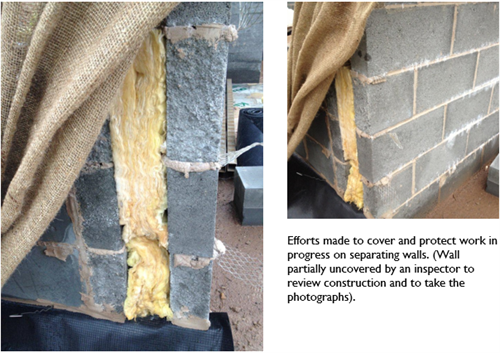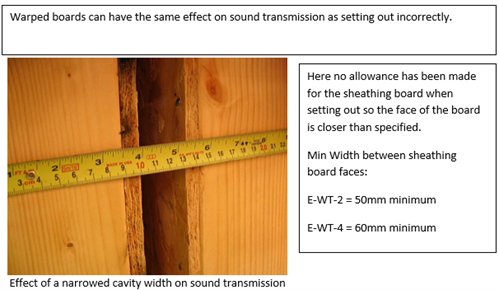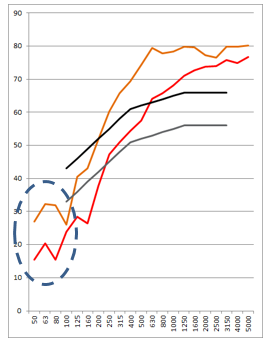A Top Tip (not just) for Winter
Protecting construction work in progress and stored materials becomes of particular relevance during the cold, wet and frosty winter months and because of our changeable weather, it can be just as relevant throughout the year. The importance of such protection covers many aspects: most notably the structural and aesthetic aspects; but the implications regarding sound insulation performance are also worth bearing in mind.
MASONRY CONSTRUCTION
In loadbearing masonry construction, covering partially constructed cavity walls will help mitigate the risk of frost and rain damage. Rain in particular could cause issues that might influence sound insulation performance.
Mortar being leached out of blockwork joints might run into the cavity of the separating wall, potentially leading to bridging of the wall leaves. Cavity insulation, if soaked by the rain and/or covered with leached mortar, might not perform as intended.

TIMBER CONSTRUCTION
In timber frame construction the sheathing, sometimes applied to the cavity face of the separating wall leaves for structural reasons, might warp if it is allowed to become damp. The warping has been known to lead to a narrowing of the cavity of the separating wall, which can significantly undermine the sound insulation performance due to a low frequency resonance effect.
The photo below shows a narrowed cavity due to incorrect setting out but rain soaked sheathing boards can warp and also reduce the cavity width. The result will be the same – a significant drop in sound insulation performance as shown in the graph.

The effect of the narrowed cavity width in a sheathed timber frame wall is critical in the low frequency airborne performance (circled). The red line is a significant fail, whilst the amber line just achieves a Building Regulations pass, by 1dB.
So keeping the walls dry doesn’t just keep them looking good. It also helps keep them sounding good too.
If you have any techncial enquiries please do not hesitate to contact our technical team on 03300 882140 or email: technical@robustdetails.com
Return to the Top Tips page


